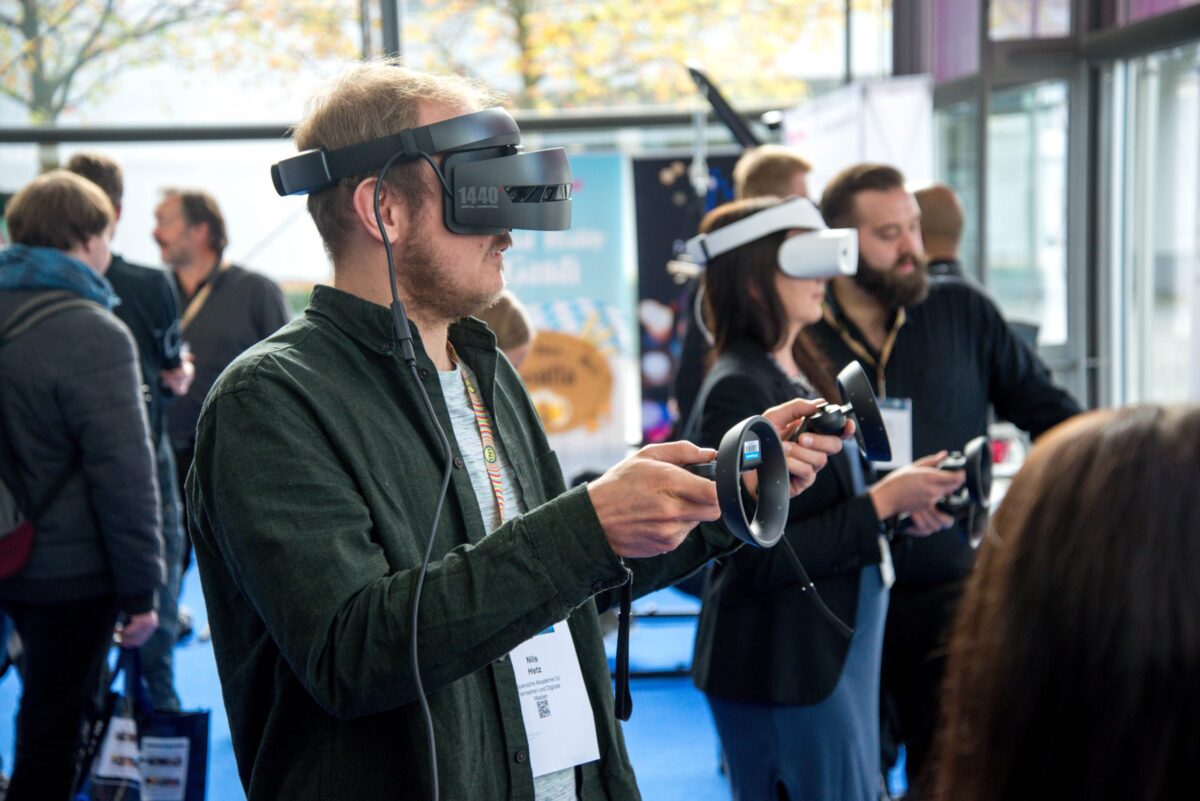

Virtual reality (VR) has become a reality, as nearly every tech company has created a product that features it, and it is now seen by many as mainstream. Facebook-owned Oculus Rift, PlayStation VR, and the HTC Vive are just a few examples of household names that have launched us into the future of the immersive experience.
There is little doubt that VR has the potential to revolutionize the entire entertainment, tourism and even learning industries if audiences adopt the concept of strapping a device to their heads. At the same time, there will be those who feel instantly compelled to compare the technology to such fads as the first 3D television.
However, if the masses embrace VR as predicted, should we be concerned that this completely immersive experience could lead us once again down the dark road of sinister subliminal advertising?
Applied to VR equipment and other, similar technology, subliminal advertising has the increasing capability of wielding a much deeper impact on the unknowing user. given the vast, immersive characteristics of the VR environment. Consider one concept we’ve seen, where music apps and a smartwatch claim to play subliminal messages at a frequency overlaying music that cannot be detected by the ear, but only by the subconscious brain. This seemingly harmless idea could be incredibly valuable to savvy advertising agencies, as well as to candidates running for office.
Removing the everyday distractions of modern life and locking consumers away in an entirely immersive experience is every marketer’s dream — so before “plugging in,” we should all consider the potential implications of the use of this unregulated technology to manipulate us.
When we take a closer look at the advertising that surrounds us, it’s obvious that subliminal messages are real and powerful, as seen in one 2015 example created by a Brazilian advertising agency. The advertisers placed a billboard of people yawning at a busy metro station in Sao Paulo. This “contagious billboard” was fitted with a motion sensor that automatically detected when commuters were passing by and then displayed a video of somebody yawning.
The campaign aimed to convince passers-by that they were tired by using infectious yawning. The billboard followed the yawning video with this message: “Did you yawn, too? Time for coffee!” If it is possible to convince busy commuters to buy coffee by broadcasting a subliminal message, can you imagine the power potentially wielded within an immersive virtual reality experience that is completely free from distraction?
The gathering of data from our online purchases already allows subtle messaging for influential purposes, so the adverts that pop up and the messages we receive are certainly no accident or coincidence. Everywhere we turn, we are unwittingly subjected to product placements in video games and movies, but we congratulate ourselves on being able to see the messages and resist their pull. However, would we be as resistant to such messages if they appeared while we were completely immersed in virtual reality?
There is an enormous responsibility for any advertising agency considering bringing any form of advertising or marketing to virtual reality. If the consumer experience is in any way tainted by the out-of-date and detested marketing messages from our past, consumers will fail even to adopt the medium.
The main problem is that the current method of advertising is broken, and billions of dollars are wasted on ads that are either not seen or deemed irrelevant to a consumer’s lifestyle. This change in customer behavior is ushering in a new era of marketing called “targeted display advertising” (TDA) that uses consumers’ own data to deliver personalized ads that resonate with them.
Organizations finally have a handle on big data, and they will be able to leverage our mobile devices to learn what we’re interested in even before we clearly know ourselves, based solely on our browsing histories.
As we drift between devices and screens, we have surrounded ourselves with wave of white noise that has become a frustrating obstacle for any advertiser striving to stand out amongst all the distractions. However, a headset that removes any form of outside interruption by pumping sound into a consumer’s ears and preventing his or her eyes from wandering could make subliminal messaging hard to avoid.
Before becoming paranoid about what’s to come, it is important to understand how this technology can also be used for the greater good, too.
Virtual reality can make a positive difference in our lives by opening up fantastic opportunities for learning, rehabilitation, teaching and tourism. But I would like to see more conversations and debates about how subliminal marketing messages should be used in that environment, to help solve any problems before they occur.
What are your thoughts on the immersive experience virtual reality delivers to audiences, and about the benefits and downsides of its being leveraged to deliver subliminal messaging?



